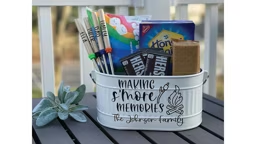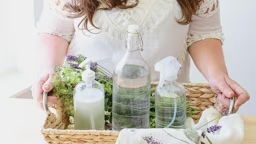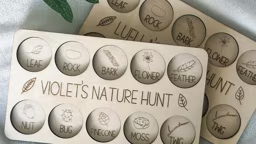
Cabin dwellers have certain commonalities, among them a particular love of weather. It’s the first consideration in planning the day, the topic of talk on any trip to town, and for some, a satisfying effort to boost better prediction accuracy and data around the complexities of weather science.
Betty Karpen, a retired emergency room nurse, lives atop a 70-foot cliff overlooking the North Shore of Lake Superior, where the weather is stunning and intense. Every day, she reads a precipitation gauge outside her cabin, reports the catch online, and examines the map showing readings from several thousand sites across the US.
“I’m very happy being a citizen scientist,” said Betty about her work with CoCoRaHS, the Community Collaborative Rain, Hail & Snow network. She estimates she’s entered more than 2000 data sets. “Sometimes the National Weather Service calls me for reports on hail or snow. I go outside to measure the hail and try not to get bonked! It’s fun, and it’s important.”
CoCoRaHS is a community-based network of volunteers who observe precipitation captured in standardized four-inch plastic rain gauges, reporting daily findings to the live map, via the internet.
It sounds simple, and it is simple, but it also will turn you into a weather nerd. Which is exactly what National Weather Service meteorologist and CoCoRaHS coordinator is hoping for. “We would love to have as many high-density network observers as possible,” said Ketzel Levens. “Especially in those wide-open areas between official weather stations.” In other words, cabin country.
CoCoRaHS started on Colorado’s Front Range in the late 1990s, when a standard summer gully-washer turned into a torrential flash flood, killing five people in Fort Collins. Officially at the weather station, there was little precipitation, and flood warnings were not triggered. Yet private citizens captured six inches in 30 minutes just a few miles away. The need for more granulated, nuanced reporting gave birth to a local network, which has since turned into 26,000 observers.
“We use that data every day,” Levens says. “Summer is a great time to see the rainfall differences as thunderstorms pop up on these hot afternoons. One person gets a quarter inch, and a half mile away they get nothing. The CoCORaHS network really allows us to understand what’s happening, especially in places like the North Shore, where Lake Superior changes the weather and creates known micro-climates.”
Citizen science, a crowd-sourced way of collecting data for scientific research, exploded during the pandemic. It’s a perfect hobby for social distancing, a STEM project for students, and a meaningful way to help science understand our rapidly changing planet. CoCoRaHS is just one citizen science project that cabin folks may find at scistarter, a website database matching studies with volunteer reporters. (Since you’re already outside looking at the weather, consider adding some stargazing to your science.)
Joanna Hakala is a CoCoRaHS reporter outside of Ely, Minnesota. She finds that her connection to the daily weather has made her far more aware of how she uses water. “It’s amazing to realize that a few hundredths of an inch of rain fills my rain barrels! It’s so much water. I think when people start watching more carefully, they’ll be thinking of projects, ways to use the rain.”
Hakala is also keenly aware of how the weather is intensifying and is happy to be providing data to scientists trying to understand dangerous storms. A 2016 derecho left her without electricity for two weeks. “A mile away there were no trees down,” she said. “I can send in reports anytime, to keep the information flowing.”
Don’t worry that your days away from the cabin and rain gauge might disqualify you from being a CoCoRaHS reporter. Levens says that reporting just a few days a month, or only during a season, is valuable.
“We use the data on a day-to-day basis,” Levens says. “We would love to have as high a density of reporters as possible. We know these storms are throwing very different rainfalls, but we would otherwise only have the official data recorded at the closest airport. This is crucial to understanding what is happening.”










